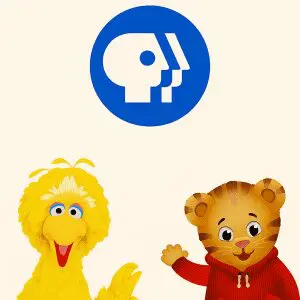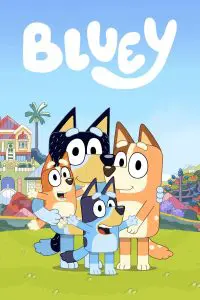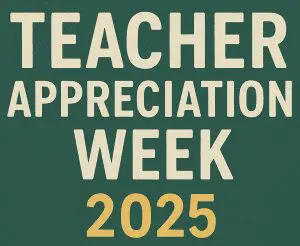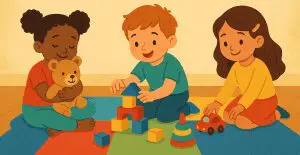The Power of PBS: Why Shows Like Sesame Street and Daniel Tiger’s Neighborhood Matter for Early Childhood Development
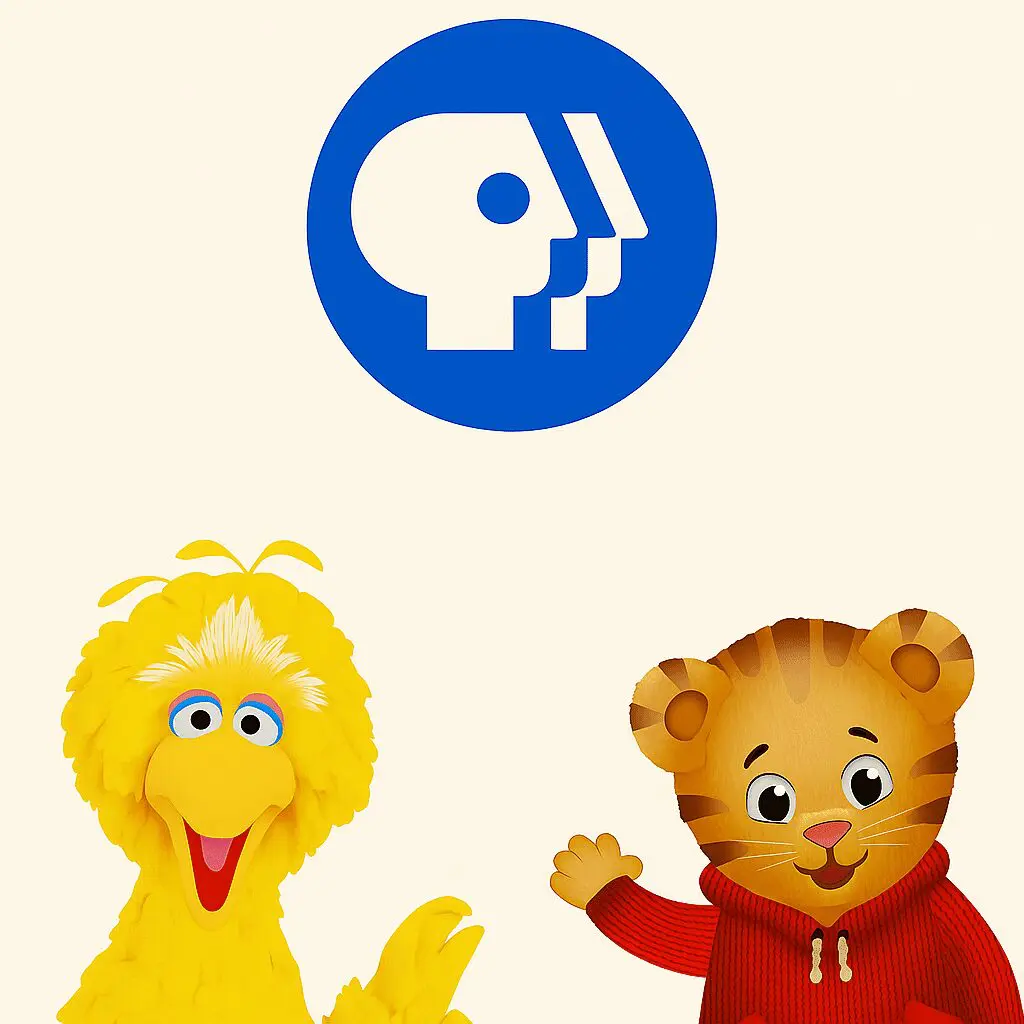
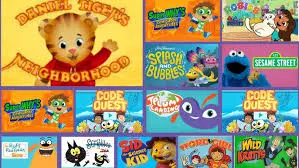 In an age where screen time is on the top of parents minds and often scrutinized, not all content is created equal—especially for young children. Amid the sea of flashy cartoons and fast-paced apps, educational programs from PBS such as Sesame Street, Clifford the Big Red Dog, Curious George and Daniel Tiger’s Neighborhood stand out as time-tested tools that nurture cognitive, emotional, and social development in children. These shows are more than just entertainment—they are carefully designed learning environments that support early literacy, emotional intelligence, and critical thinking.
In an age where screen time is on the top of parents minds and often scrutinized, not all content is created equal—especially for young children. Amid the sea of flashy cartoons and fast-paced apps, educational programs from PBS such as Sesame Street, Clifford the Big Red Dog, Curious George and Daniel Tiger’s Neighborhood stand out as time-tested tools that nurture cognitive, emotional, and social development in children. These shows are more than just entertainment—they are carefully designed learning environments that support early literacy, emotional intelligence, and critical thinking.
1. A Foundation in Literacy
PBS Kids programs have always been rooted in educational theory and research. Sesame Street, which debuted in 1969, revolutionized children’s television by combining catchy songs, engaging characters, and a curriculum developed by child development experts. From teaching the alphabet to encouraging early numeracy, the show lays the groundwork for literacy through repetition, storytelling, and relatable scenarios.
Similarly, Daniel Tiger’s Neighborhood, inspired by Fred Rogers’ Mister Rogers’ Neighborhood, introduces preschool-aged children to reading and language in a gentle, narrative-driven format. Songs like “When you feel so mad that you want to roar, take a deep breath and count to four” blend social-emotional lessons with rhythm and language—key components of early literacy.
2. Emotional and Social Learning
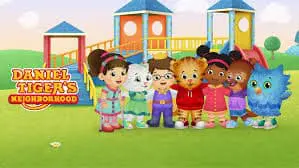 One of the standout contributions of these shows is their focus on social-emotional learning (SEL). Shows such as Daniel Tiger’s Neighborhood and Curious George excel at teaching empathy, patience, and coping skills. Each episode tackles real-life challenges—sharing toys, dealing with disappointment, or feeling left out—and models healthy emotional responses.
One of the standout contributions of these shows is their focus on social-emotional learning (SEL). Shows such as Daniel Tiger’s Neighborhood and Curious George excel at teaching empathy, patience, and coping skills. Each episode tackles real-life challenges—sharing toys, dealing with disappointment, or feeling left out—and models healthy emotional responses.
Sesame Street also introduces children to diversity, inclusivity, and resilience through its characters and storylines. Whether it’s Big Bird grieving a loved one or Elmo learning to be a good friend, these narratives provide children with language and tools to understand and express their feelings.
3. Equity and Access
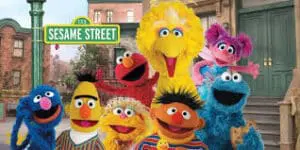 One of the most important aspects of PBS shows is their accessibility. Public broadcasting reaches millions of families who may not have access to high-quality early education programs. In underserved communities, PBS free content often serves as a child’s first exposure to structured learning, academic vocabulary, and foundational literacy skills.
One of the most important aspects of PBS shows is their accessibility. Public broadcasting reaches millions of families who may not have access to high-quality early education programs. In underserved communities, PBS free content often serves as a child’s first exposure to structured learning, academic vocabulary, and foundational literacy skills.
Moreover, these shows actively promote equity by representing diverse cultures, family structures, and abilities. Characters like Julia on Sesame Street, a young girl with autism, help normalize neurodiversity and foster understanding from a young age.
PBS shows like Wild Kratts, Nature Cat, The Cat in the Hat and Sid the Science Kid introduce important academic content in a fun, engaging way building curiosity into science exploration and problem-solving.
4. Parental Engagement and Learning at Home
PBS shows encourage parent-child co-viewing and offer prompts for discussion and play beyond the screen. Many parents find that singing Daniel Tiger’s jingles or repeating Elmo’s questions can spark meaningful conversations that reinforce learning and deepen bonds. PBS has a dedicated parent portal which offers free resources for parents to continue the learning beyond the screen.

PBS also offers companion materials, apps, and print materials, extending the learning experience into homes, classrooms, libraries and beyond for free. This multimedia approach strengthens key skills across various learning styles and settings.
PBS is So Much More Than Just Screen Time
In a world where parents often wonder what content is “safe” or “educational,” PBS shows like Sesame Street and Daniel Tiger’s Neighborhood provide a gold standard. Their blend of entertainment and evidence-based learning creates a supportive, enriching environment that helps children grow not just smarter, but kinder, more curious, and more resilient all while building important literacy skills.
As parents continue to navigate the digital landscape for their children, it’s crucial to champion and support public media that prioritizes children’s developmental needs. When we invest in early learning, we’re not just educating children—we’re building the foundation for a more empathetic, literate, and inclusive world.



